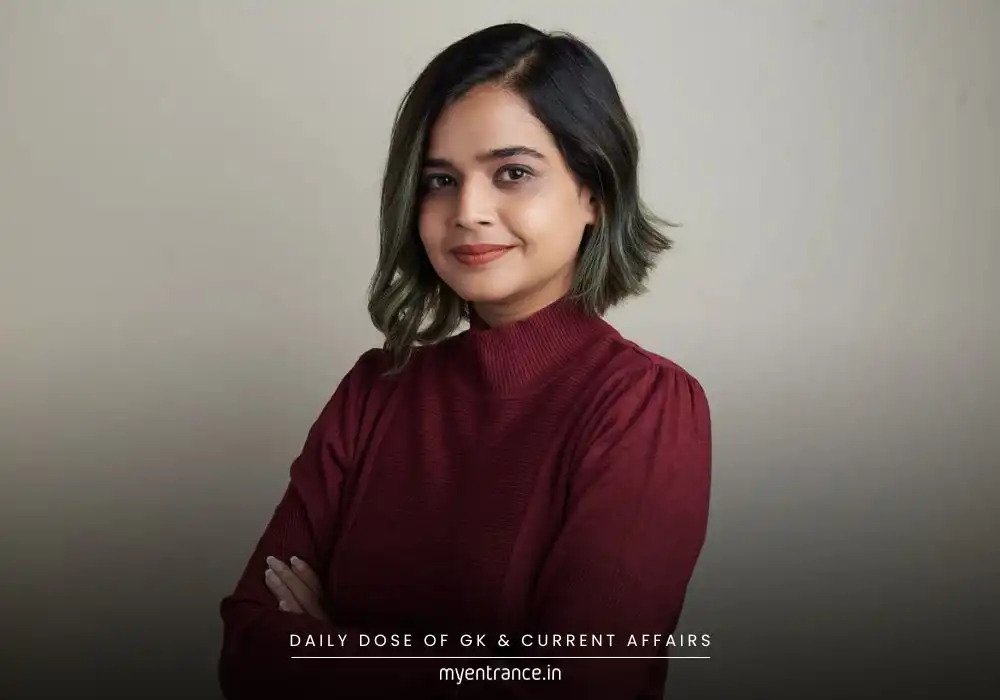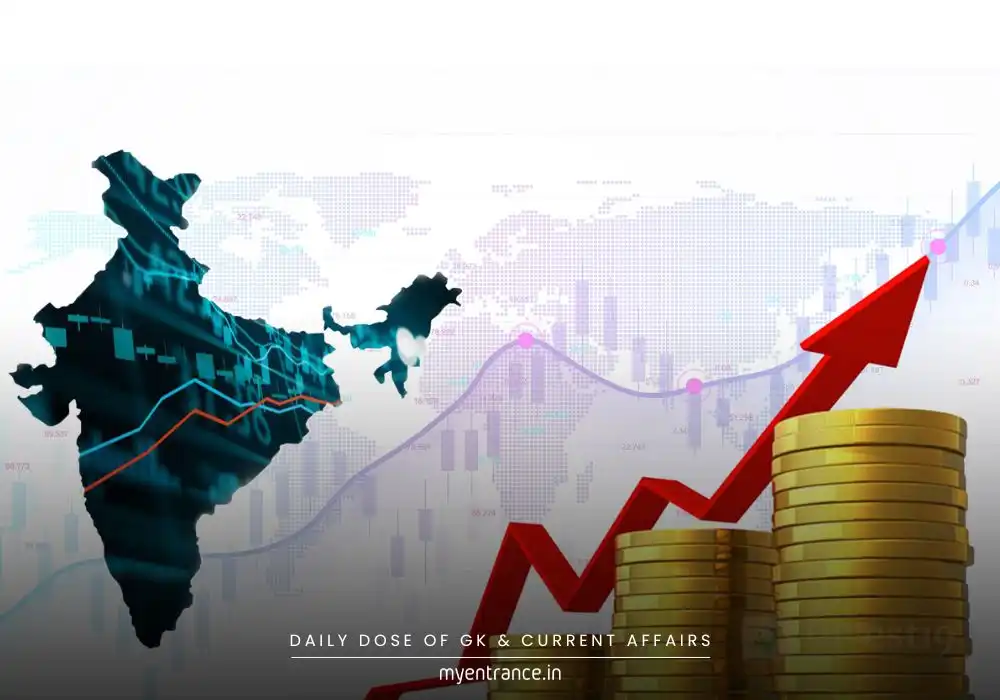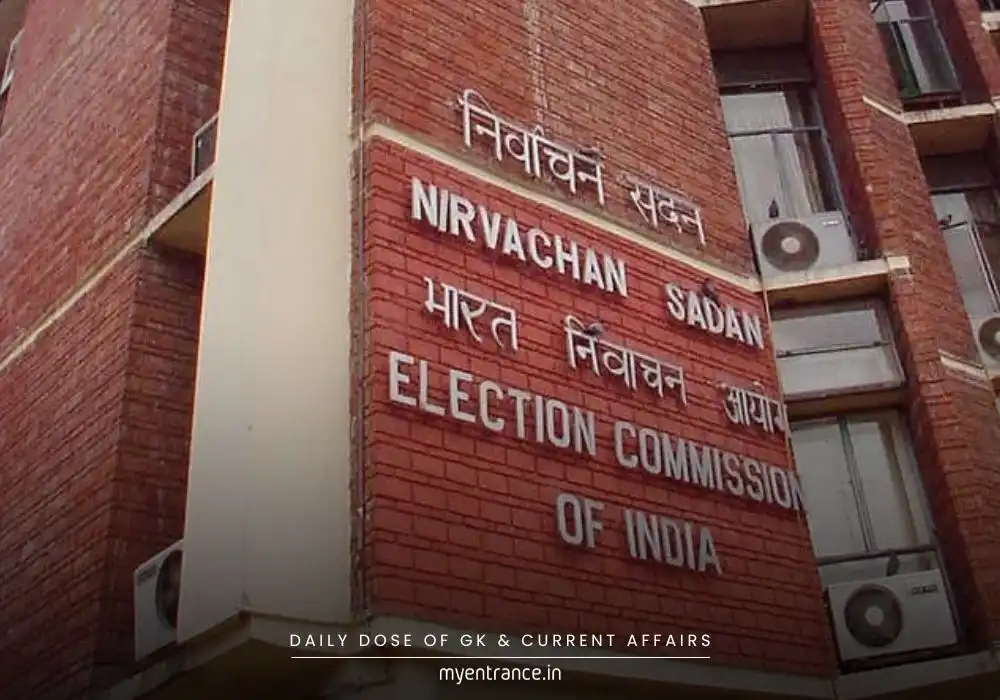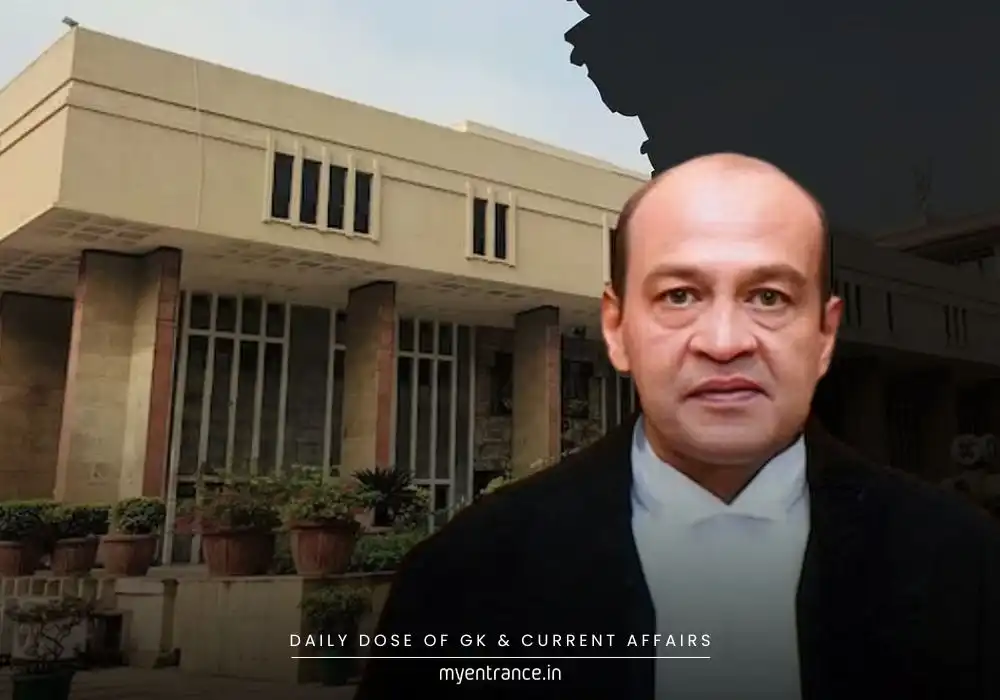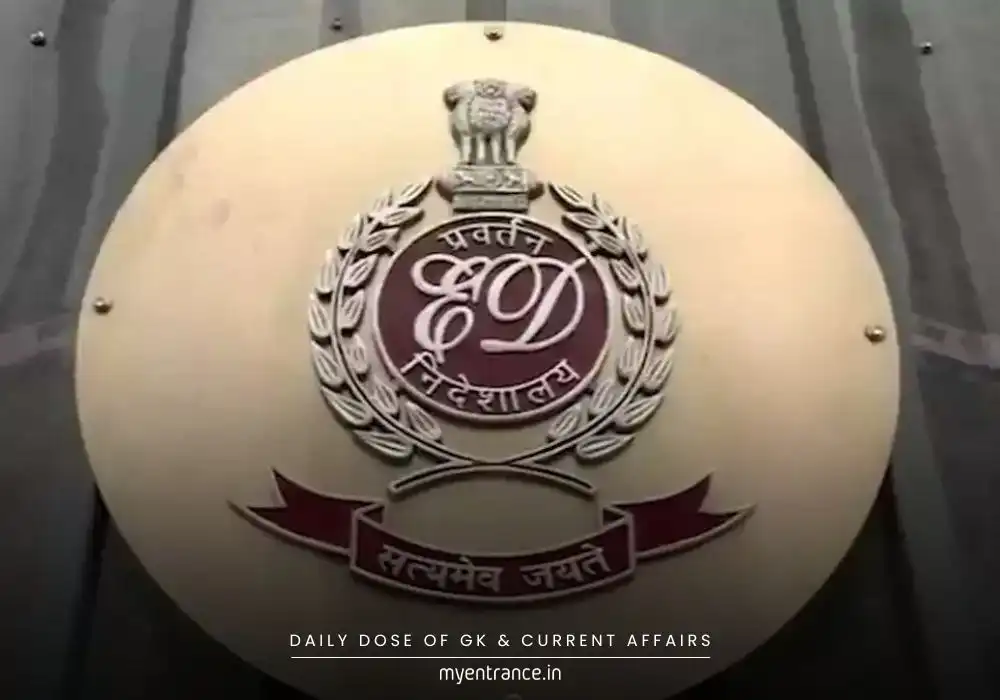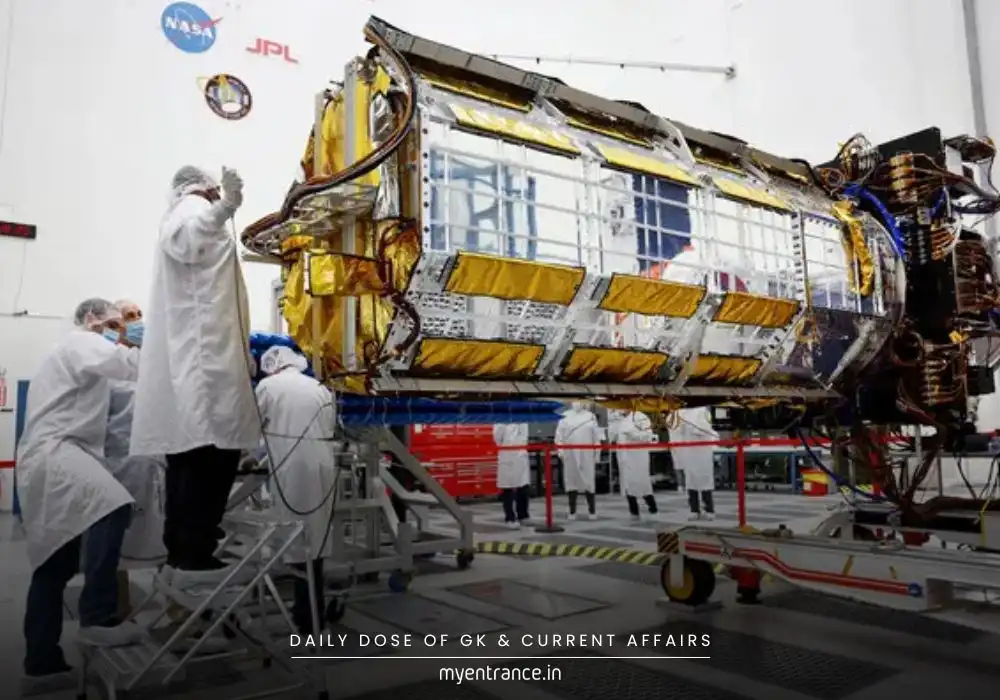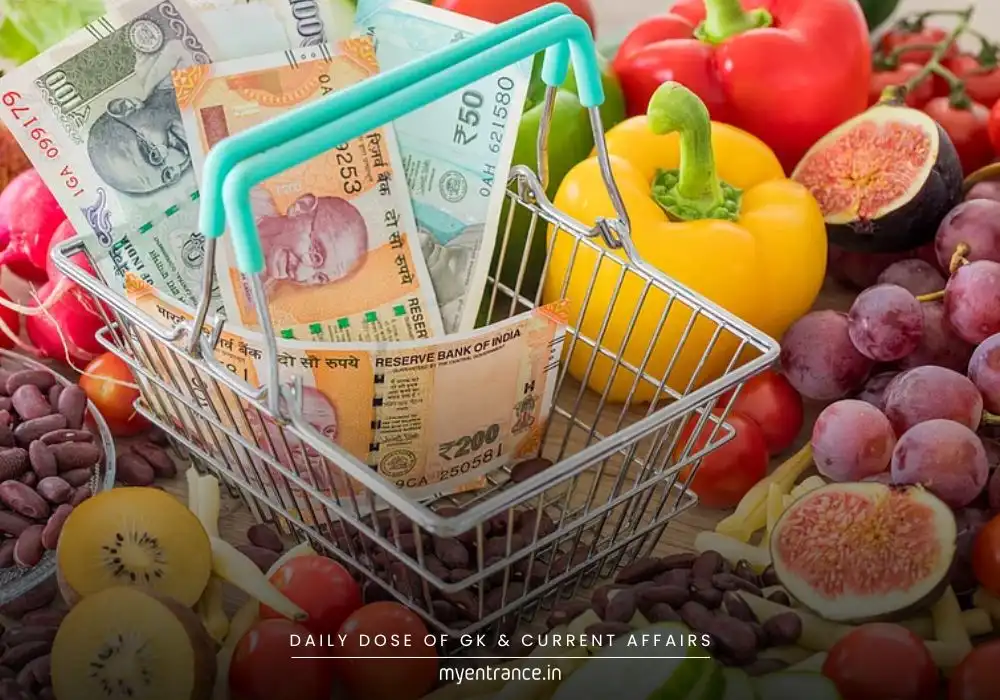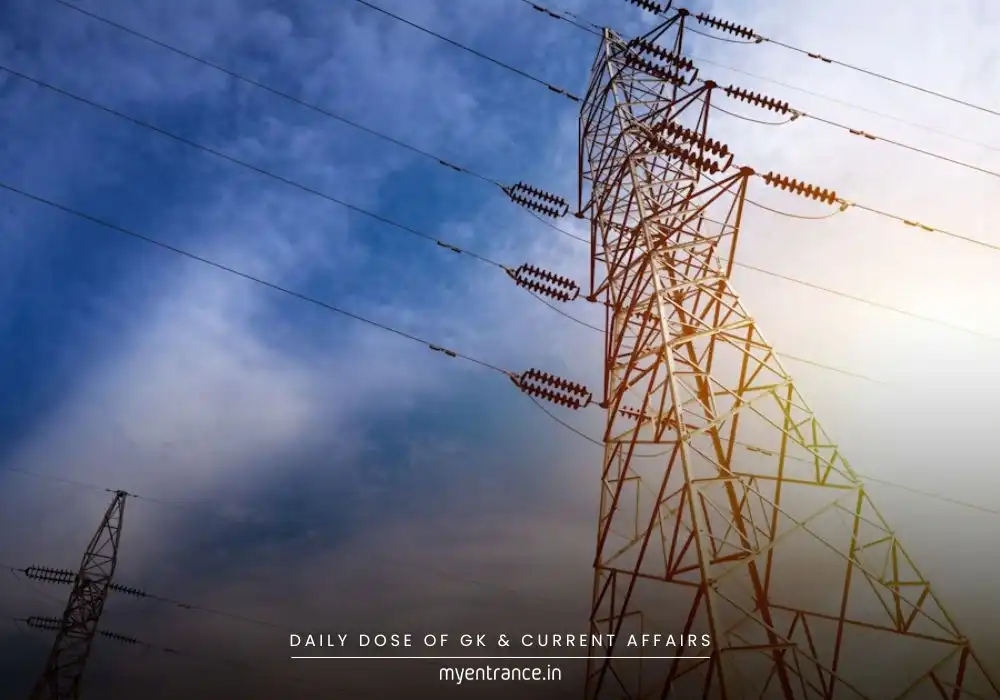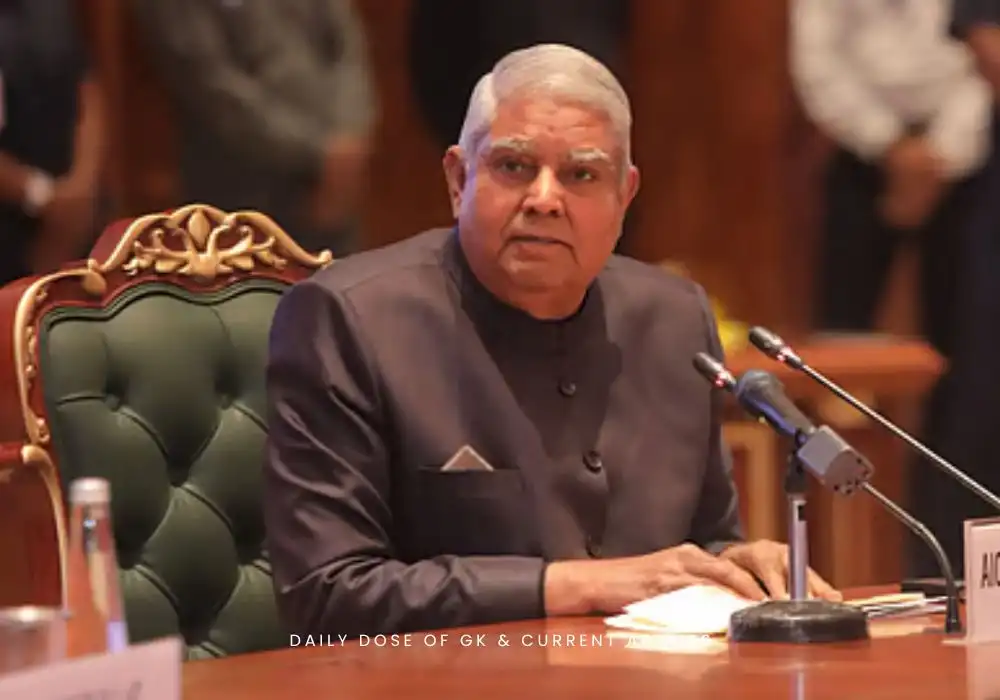Translate Language
Why Are Indian Women’s Plates Half-Empty? Unpacking the Nutrition Crisis
India grapples with a complex nutrition crisis – undernutrition, overnutrition, and micronutrient deficiencies coexist. Alarmingly, women face unique nutritional challenges deeply rooted in socio-cultural norms, impacting not just their health but the well-being of future generations. Understanding this is crucial for tackling public health goals.
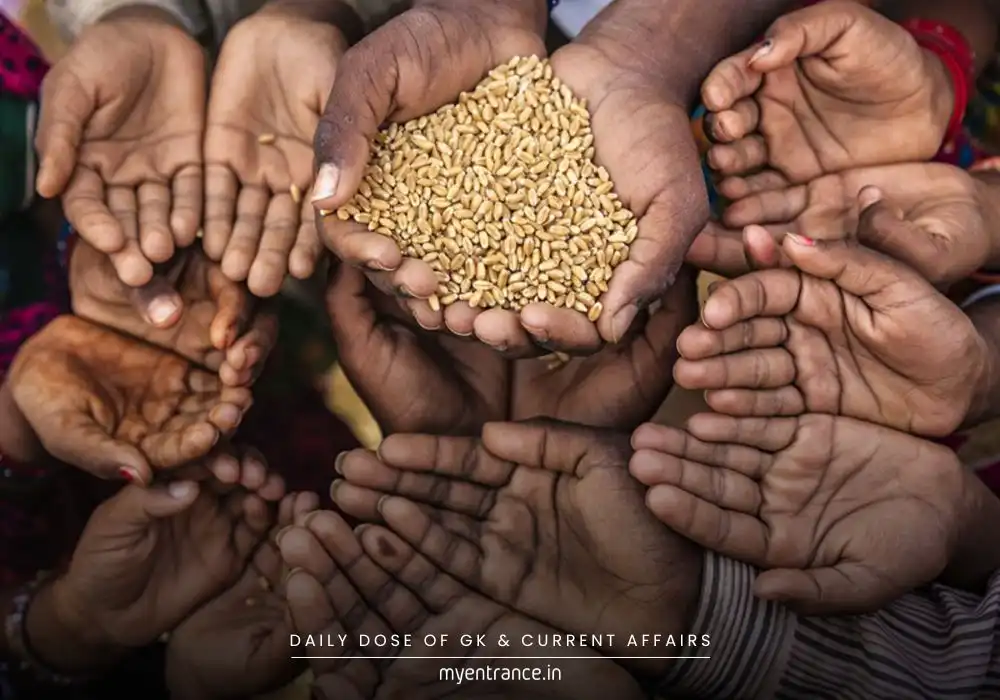
For decades after independence, India has battled a triple threat on the nutrition front: widespread undernutrition, a growing problem of overnutrition (obesity), and persistent micronutrient deficiencies. Global reports paint a concerning picture. India ranked 94th out of 107 countries in the 2020 Global Hunger Index, and the 2020 Global Nutrition Report warned that India is likely to miss key global nutrition targets by 2025.
Recent data from the National Family Health Survey (NFHS-5, 2019-21) confirms these challenges, especially for women and children. While showing some improvement from the previous survey (NFHS-4), the numbers remain worrying:
35.5% of children under five are stunted (too short for age).
19.3% are wasted (too thin for height).
32.1% are underweight.
The Gendered Lens: More Than Just Calories
For women in India, nutrition isn’t simply about access to food; it’s intricately woven into the fabric of society and culture. Deep-seated structural inequalities, traditional gender roles, how food is distributed within households, and cultural practices significantly disadvantage women. The NFHS-5 data reveals a stark reality: a staggering 57% of women aged 15-49 were anemic in 2019-21 – an increase from 53% in 2015-16.
Shockingly, anemia was more common among non-pregnant women (57.2%) than pregnant women (52.2%). This suggests that non-pregnant women often miss out on special nutritional care. Cultural practices play a major role:
Studies, like Leela Dube’s work, highlight traditions where girls are routinely denied nutrient-rich foods like milk, except perhaps in educated, affluent families. Access is often reserved for pregnancy, illness, or lactation.
Neglecting menstrual health worsens anemia, with 59% of adolescent girls (15-19 years) anemic – setting the stage for risky pregnancies later.
While undernutrition figures might look similar for young girls and boys, girls often receive less healthcare and nutrition when they fall ill.
Women, typically responsible for feeding the family, are frequently the ones who eat last and least, sacrificing their own nutritional needs.
The Intergenerational Toll
This neglect has severe consequences beyond the individual woman:
33.1% of girls under five are stunted, partly linked to having mothers who were anemic and malnourished, and potentially receiving less postnatal care simply for being female.
Children born to underweight mothers (BMI < 18.5) face a much higher risk of being stunted, wasted, or underweight themselves, perpetuating a cycle of poor health.
State Disparities & the Power of Education
The situation varies dramatically across India:
Anemia rates increased in 21 out of 28 states between NFHS-4 and NFHS-5, with West Bengal and Gujarat having the highest rates.
Scheduled Tribe (ST) women face significantly higher anemia risks, pointing to healthcare access gaps.
Crucially, women with higher education levels are less likely to be anemic. Education empowers better nutritional choices.
Kerala exemplifies positive change, achieving greater nutritional equity through high female literacy, later marriages, and an effective Public Distribution System (PDS). Better maternal education and nutrition directly reduce child stunting.
Sikkim also shines, prioritizing women’s education and healthcare, resulting in better nutrition outcomes.
The Emerging Challenge: Overnutrition
Adding complexity, India now faces a new nutritional problem among women: overnutrition. For the first time, more women (41.3%) aged 15-49 are overweight or obese than are undernourished. This trend is sharper in cities (33% urban vs. 21% rural).
This increases women’s vulnerability to diabetes, hypertension, and other non-communicable diseases.
As primary caregivers, women often have little time for self-care, exercise, or managing their own health.
Alongside this, micronutrient deficiencies persist due to monotonous diets, often lacking sufficient protein, exacerbated by the cultural norm of women eating less and last.
Nutrition as a Fundamental Right & Government Action
The Indian Constitution implicitly recognizes the Right to Food under Article 21 (Right to Life). Article 47 specifically mandates the state to improve nutrition and public health. India is also committed to ending hunger (UN SDG Goal 2) by 2030.
Government initiatives addressing nutrition include:
Integrated Child Development Services (ICDS, 1975)
National Nutrition Policy (1993)
National Health Policy (2017)
Pradhan Mantri Matru Vandana Yojana (PMMVY, 2017)
Poshan 2.0 (2021): A significant step forward, expanding focus to include adolescent girls, advocating technology (Poshan Tracker app), real-time monitoring, and behavioural change. It recognizes that improving nutrition requires a lifelong approach, not just during pregnancy.
Making Nutrition Missions More Effective
Despite numerous schemes, implementation is uneven across states. Challenges include:
Overworked and underpaid frontline workers (like Anganwadi workers), sometimes even paying for supplies themselves, leading to demotivation.
Nutrition is deeply linked to social justice and healthcare, demanding coordination across multiple government departments.
Policymaking must now tackle the dual burden of undernutrition and overnutrition. Existing programs (mid-day meals, take-home rations) need to promote diverse, healthy diets.
Solutions require a multi-pronged approach: nutrition-sensitive agriculture, public-private partnerships, and involving diverse experts (economists, sociologists, nutritionists) – crucially, with strong representation from women themselves – to design truly effective social policies.
Sample Questions & Answers (Exam Focused)
Q: Explain how cultural factors contribute to the high prevalence of anemia among non-pregnant women in India.
A: Cultural norms like women eating last and least, traditional denial of nutrient-rich foods (like milk) to girls and non-pregnant women, and inadequate attention to menstrual health create a cycle of iron deficiency. Prioritizing others’ needs and limited dietary diversity directly contribute to high anemia rates in this group.
Q: How does maternal nutritional status impact child health outcomes, according to NFHS-5 data?
A: NFHS-5 shows a clear intergenerational link. Children born to undernourished mothers (low BMI) face significantly higher risks of stunting, wasting, and being underweight. Maternal anemia and malnutrition during pregnancy and lactation directly impair fetal development and infant health, perpetuating the cycle.
Q: What is the significance of Poshan 2.0 in addressing India’s nutrition challenges, particularly for women?
A: Poshan 2.0 marks a crucial shift by expanding focus beyond pregnant/lactating women and children to include adolescent girls. It emphasizes a life-cycle approach, leverages technology (Poshan Tracker) for better monitoring, and promotes behavioral change, aiming for more sustainable improvements in women’s nutrition from an earlier age.
Q: Why is the rising trend of overnutrition among urban women a concern for public health policy?
A: The rise in obesity (affecting 41.3% of women 15-49) increases risks of diabetes, hypertension, and heart disease, straining the healthcare system. It creates a dual burden alongside undernutrition, requiring policies to simultaneously address calorie deficiency and promote healthy diets/lifestyles, which is complex for program design and resource allocation.
Q: Analyze the role of female literacy in improving nutritional outcomes, citing state-level examples.
A: Female literacy empowers women with knowledge about health and nutrition, enabling better dietary choices and care-seeking. NFHS-5 data shows educated women have lower anemia rates. Kerala’s success in achieving better nutritional equity is largely attributed to its high female literacy, which fosters later marriage and better utilization of schemes like the PDS. Educated mothers also raise healthier children.
Get 3 Months Free Access for SSC, PSC, NIFT & NID
Boost your exam prep!
Use offer code WELCOME28 to get 3 months free subscription. Start preparing today!

